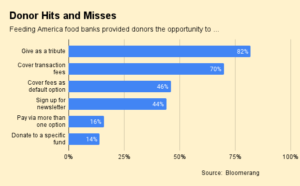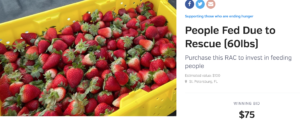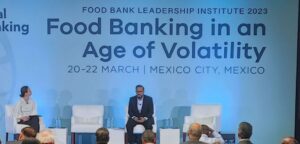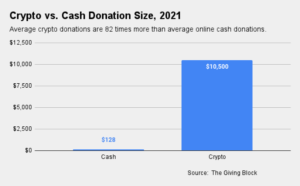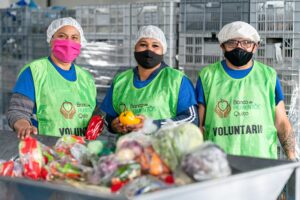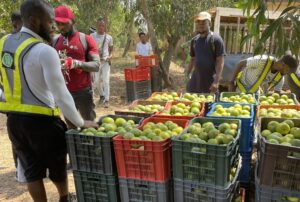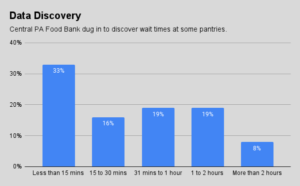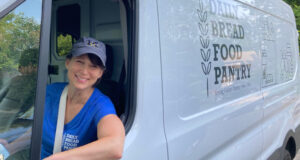Under normal circumstances, the San Antonio Food Bank serves 60,000 individuals a week. At the peak of the Covid-19 pandemic, this number skyrocketed to 180,000, and has since normalized at around 120,000.
To meet the demand, the food bank has also been sourcing food and raising funds at a rapid clip. Its goal over the last six to eight weeks has been to bring in $6 million per week in food and funds. “We probably raised a year’s worth of money in just April alone,” noted Michael G. Guerra, Chief Resource Officer.

The frenetic pace of activity has been eased by the food bank’s embrace of a digital strategy, which has allowed it to increase efficiency and successfully manage the ramifications of the coronavirus pandemic. A core piece of its digital strategy is Salesforce, a customer relationship management system that lets organizations better understand and communicate with various stakeholders, including donors, prospects, volunteers, agency partners and employees.
“I couldn’t imagine us being as successful, in some ways, as we have been, [without] having Salesforce,” Guerra said.
San Antonio Food Bank began working about three years ago on a plan to combine its divergent databases and last summer launched an integrated database that offers views of both volunteers and donors, among other insights. Through the platform, volunteers can track their service hours and sign up for and switch shifts. Similarly, donors are able to view their individual totals, as well as create their own unique fundraisers for the organization using the Rallybound plug-in.
“Individuals were doing lemonade stands at home and they got their own little page together and built it up,” Guerra said of the Rallybound plug-in. “It was really exciting to see all the ways people thought of raising money and using technology to help them do that.”
At Greater Pittsburgh Community Food Bank, Salesforce is being used to communicate with agency partners in an automated way about ever-changing details, such as pantry hours and food-distribution needs. The food bank uses the Salesforce service calendar to keep in touch with both agency partners and the community. “We’re able to tell [the people we serve] not just where they can go to get food, but when those places will be open,” said Justin Gilmore, Decision Support Analyst.

Salesforce, developed for the commercial sector, has the ability to support a number of uses in the nonprofit sector. “Food banks are one of the types of nonprofits that can really use Salesforce across the organization,” said Keith Heller, Founder of Heller Consulting, which helps nonprofits implement technology strategies. “You can use it for communications, fundraising, mission delivery, mission management [and] for volunteers.”
Tools and extensions allow food banks to monitor and schedule food distributions, create email marketing campaigns, and partner with other organizations.
“The digital transformation is something we’ve all been talking about in the nonprofit sector for well over a decade,” Heller said. “It’s been seen as a nice-to-have, an aspiration, a strategic goal we’d like to meet over time. That time is now. There’s not an opportunity to wait anymore.” — Stephanie Pitera
Stephanie Pitera is a freelance journalist who specializes in features and news stories. She has previously been published in a variety of print and online publications, including Backstage, Seventeen, and The Pace Press.

